
Color sugar lift, spit bite and soap ground aquatints with aquatint.
12 x 12"; 20 x 21". 35.
Crown Point Press and Daria Sywulak.
$3,000 InquireInquire

Color sugar lift and spit bite aquatints with aquatint and drypoint.
12 x 12"; 21 x 20". 32.
Crown Point Press and Daria Sywulak.
$3,000 fair market value Proof AvailableProof Available
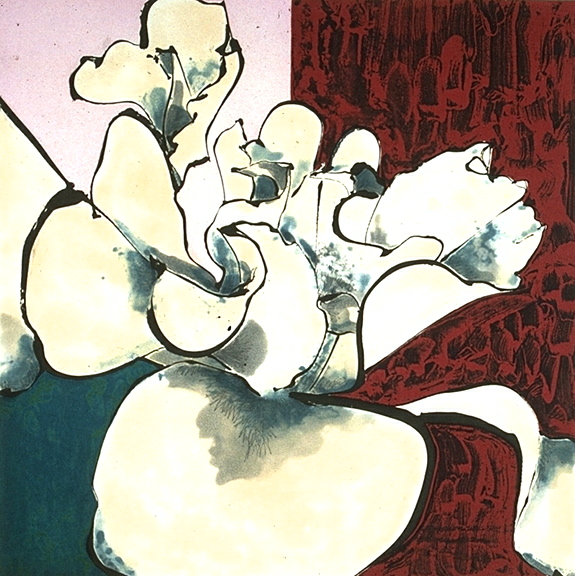
Color sugar lift, spit bite and soap ground aquatints with aquatint and soft ground etching.
19½ x 19½"; 30¼ x 28½". 35.
Crown Point Press and Daria Sywulak.
$4,000 fair market value Proof AvailableProof Available

Color sugar lift and spit bite aquatints with aquatint printed on two sheets of paper.
75 x 24"; 85 x 32". 35.
Crown Point Press and Daria Sywulak.
$9,000 InquireInquire

One in a series of 36 unique woodcuts on various collaged papers.
36¾ x 13"; 36¾ x 13". 36.
Crown Point Press and Tadashi Toda at Shi-un-do Print Shop, Kyoto.
$3,500 fair market value Unavailable

One in a series of 36 unique woodcuts on various collaged papers.
36¾ x 13"; 36¾ x 13". 36.
Crown Point Press and Tadashi Toda at Shi-un-do Print Shop, Kyoto.
$3,500 fair market value Unavailable

One in a series of 36 unique woodcuts on various collaged papers.
36¾ x 13"; 36¾ x 13". 36.
Crown Point Press and Tadashi Toda at Shi-un-do Print Shop, Kyoto.
$3,500 fair market value Unavailable

One in a series of 36 unique woodcuts on various collaged papers.
36¾ x 13"; 36¾ x 13". 36.
Crown Point Press and Tadashi Toda at Shi-un-do Print Shop, Kyoto.
$3,500 fair market value Unavailable
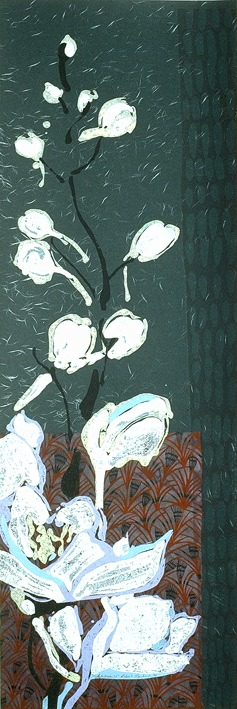
One in a series of 36 unique woodcuts on various collaged papers.
36¾ x 13"; 36¾ x 13". 36.
Crown Point Press and Tadashi Toda at Shi-un-do Print Shop, Kyoto.
$3,500 fair market value Unavailable
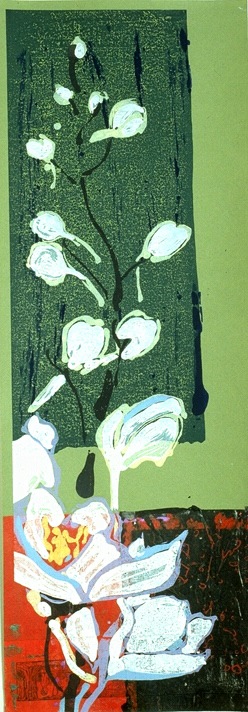
One in a series of 36 unique woodcuts on various collaged papers.
36¾ x 13"; 36¾ x 13". 36.
Crown Point Press and Tadashi Toda at Shi-un-do Print Shop, Kyoto.
$3,500 fair market value Unavailable
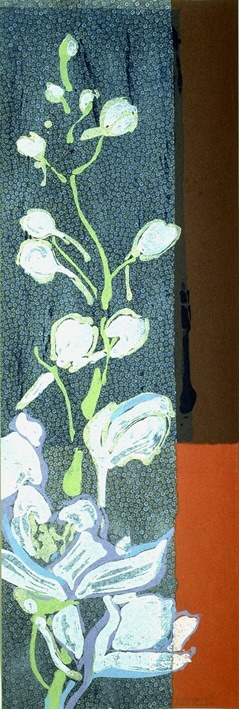
One in a series of 36 unique woodcuts on various collaged papers.
36¾ x 13"; 36¾ x 13". 36.
Crown Point Press and Tadashi Toda at Shi-un-do Print Shop, Kyoto.
$3,500 fair market value Unavailable
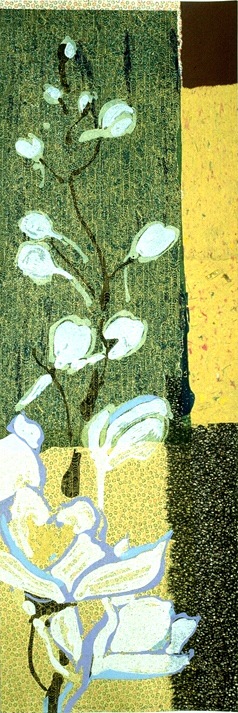
One in a series of 36 unique woodcuts on various collaged papers.
36¾ x 13"; 36¾ x 13". 36.
Crown Point Press and Tadashi Toda at Shi-un-do Print Shop, Kyoto.
$3,500 fair market value Unavailable

One in a series of 36 unique woodcuts on various collaged papers.
36¾ x 13"; 36¾ x 13". 36.
Crown Point Press and Tadashi Toda at Shi-un-do Print Shop, Kyoto.
$3,500 fair market value Unavailable

One in a series of 36 unique woodcuts on various collaged papers.
36¾ x 13"; 36¾ x 13". 36.
Crown Point Press and Tadashi Toda at Shi-un-do Print Shop, Kyoto.
$3,500 fair market value Unavailable

One in a series of 36 unique woodcuts on various collaged papers.
36¾ x 13"; 36¾ x 13". 36.
Crown Point Press and Tadashi Toda at Shi-un-do Print Shop, Kyoto.
$3,500 fair market value Unavailable
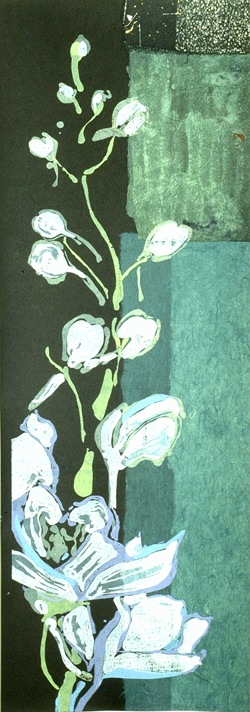
One in a series of 36 unique woodcuts on various collaged papers.
36¾ x 13"; 36¾ x 13". 36.
Crown Point Press and Tadashi Toda at Shi-un-do Print Shop, Kyoto.
$3,500 fair market value Unavailable
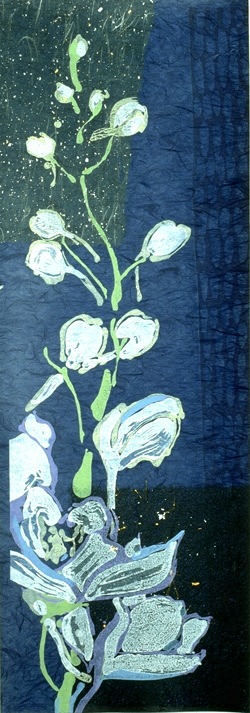
One in a series of 36 unique woodcuts on various collaged papers.
36¾ x 13"; 36¾ x 13". 36.
Crown Point Press and Tadashi Toda at Shi-un-do Print Shop, Kyoto.
$3,500 fair market value Unavailable

One in a series of 36 unique woodcuts on various collaged papers.
36¾ x 13"; 36¾ x 13". 36.
Crown Point Press and Tadashi Toda at Shi-un-do Print Shop, Kyoto.
$3,500 fair market value Unavailable
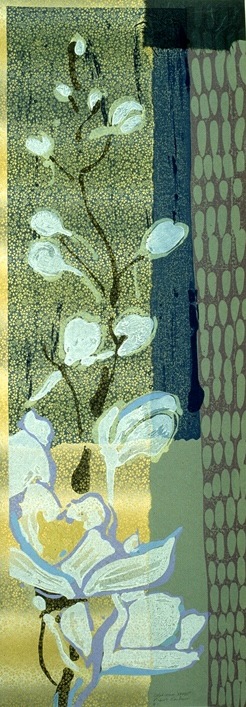
One in a series of 36 unique woodcuts on various collaged papers.
36¾ x 13"; 36¾ x 13". 36.
Crown Point Press and Tadashi Toda at Shi-un-do Print Shop, Kyoto.
$3,500 fair market value Unavailable
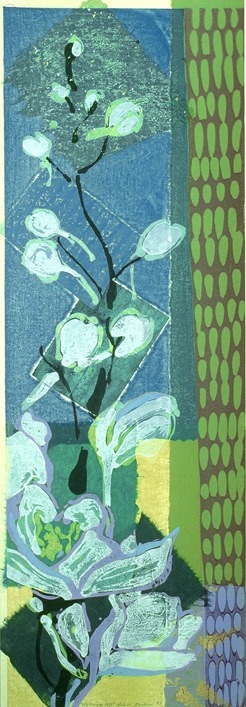
One in a series of 36 unique woodcuts on various collaged papers.
36¾ x 13"; 36¾ x 13". 36.
Crown Point Press and Tadashi Toda at Shi-un-do Print Shop, Kyoto.
$3,500 fair market value Unavailable

One in a series of 36 unique woodcuts on various collaged papers.
36¾ x 13"; 36¾ x 13". 36.
Crown Point Press and Tadashi Toda at Shi-un-do Print Shop, Kyoto.
$3,500 fair market value Unavailable
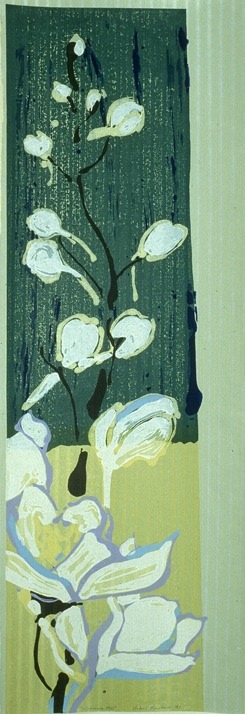
One in a series of 36 unique woodcuts on various collaged papers.
36¾ x 13"; 36¾ x 13". 36.
Crown Point Press and Tadashi Toda at Shi-un-do Print Shop, Kyoto.
$3,500 fair market value Unavailable
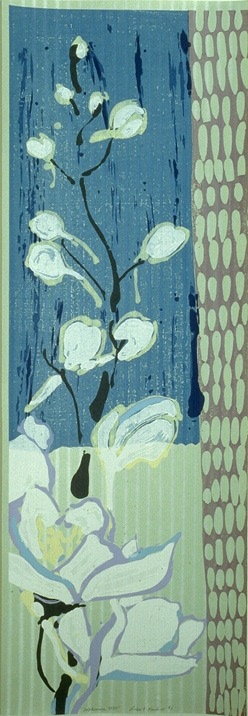
One in a series of 36 unique woodcuts on various collaged papers.
36¾ x 13"; 36¾ x 13". 36.
Crown Point Press and Tadashi Toda at Shi-un-do Print Shop, Kyoto.
$3,500 fair market value Unavailable
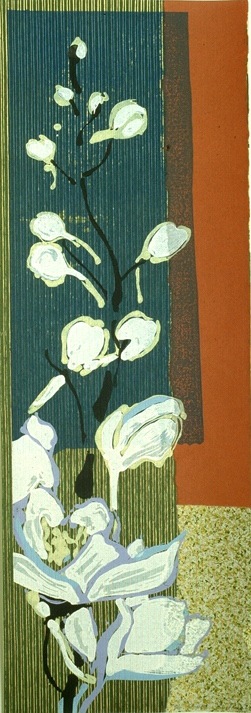
One in a series of 36 unique woodcuts on various collaged papers.
36¾ x 13"; 36¾ x 13". 36.
Crown Point Press and Tadashi Toda at Shi-un-do Print Shop, Kyoto.
$3,500 fair market value Unavailable
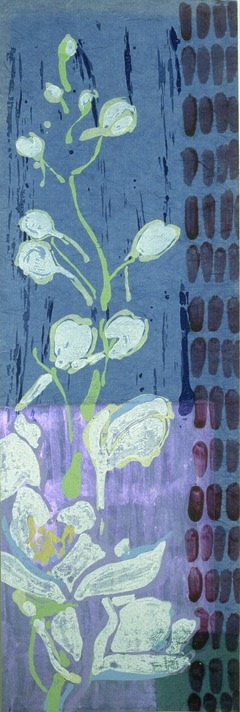
One in a series of 36 unique woodcuts on various collaged papers.
36¾ x 13"; 36¾ x 13". 36.
Crown Point Press and Tadashi Toda at Shi-un-do Print Shop, Kyoto.
$3,500 fair market value Unavailable
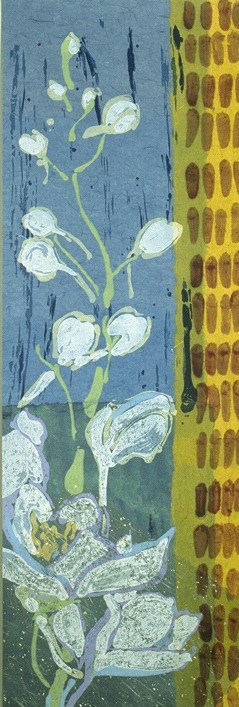
One in a series of 36 unique woodcuts on various collaged papers.
36¾ x 13"; 36¾ x 13". 36.
Crown Point Press and Tadashi Toda at Shi-un-do Print Shop, Kyoto.
$3,500 fair market value Unavailable
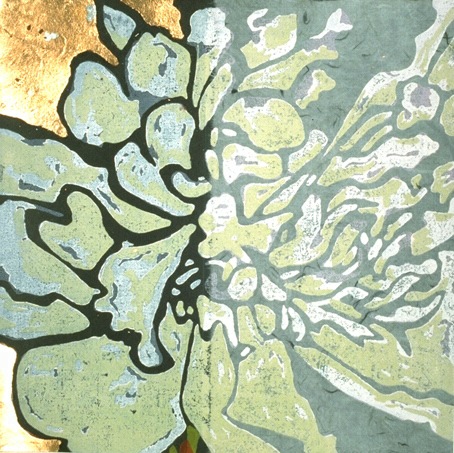
#5 from a series of 41 unique woodblock prints.
18¼ x 18¼"; 18¼ x 18¼". 41.
Crown Point Press and Tadashi Toda.
$3,500 fair market value Unavailable

#9 from a series of 41 unique woodblock prints.
18¼ x 18¼"; 18¼ x 18¼". 41.
Crown Point Press and Tadashi Toda.
$3,500 fair market value Unavailable
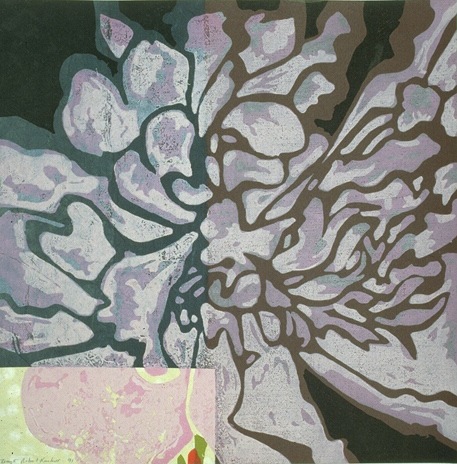
#10 from a series of 41 unique woodblock prints.
18¼ x 18¼"; 18¼ x 18¼". 41.
Crown Point Press and Tadashi Toda.
$3,500 fair market value Unavailable

#10 from a series of 41 unique woodblock prints.
18¼ x 18¼"; 18¼ x 18¼". 41.
Crown Point Press and Tadashi Toda.
$3,500 fair market value Unavailable
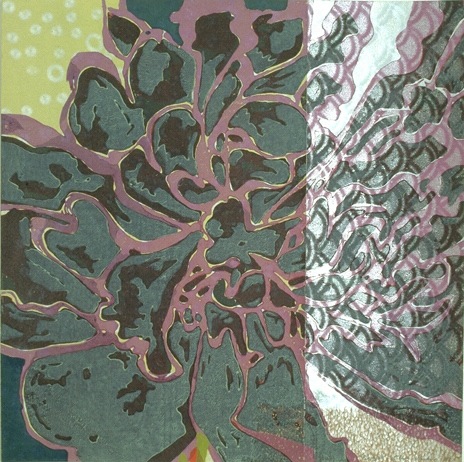
#12 from a series of 41 unique woodblock prints.
18¼ x 18¼"; 18¼ x 18¼". 41.
Crown Point Press and Tadashi Toda.
$3,500 fair market value Unavailable
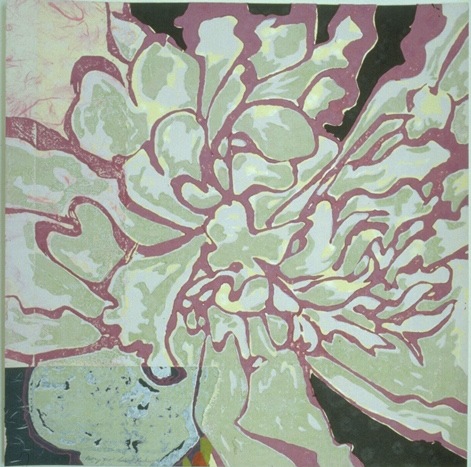
#14 from a series of 41 unique woodblock prints.
18¼ x 18¼"; 18¼ x 18¼". 41.
Crown Point Press and Tadashi Toda.
$3,500 fair market value Unavailable
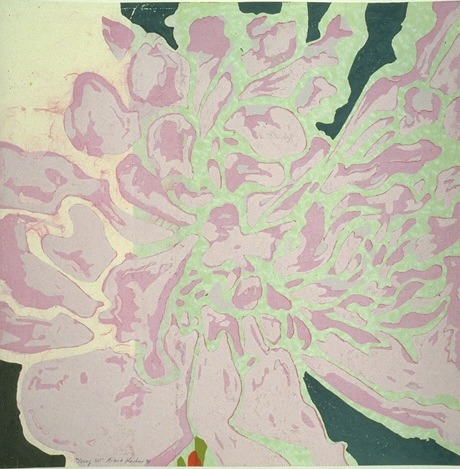
#16 from a series of 41 unique woodblock prints.
18¼ x 18¼"; 18¼ x 18¼". 41.
Crown Point Press and Tadashi Toda.
$3,500 fair market value Unavailable
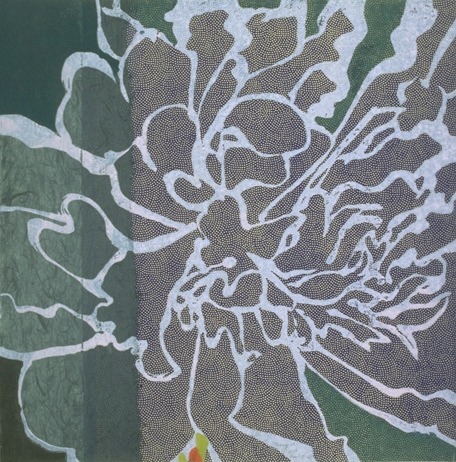
#18 from a series of 41 unique woodblock prints.
18¼ x 18¼"; 18¼ x 18¼". 41.
Crown Point Press and Tadashi Toda.
$3,500 fair market value Unavailable
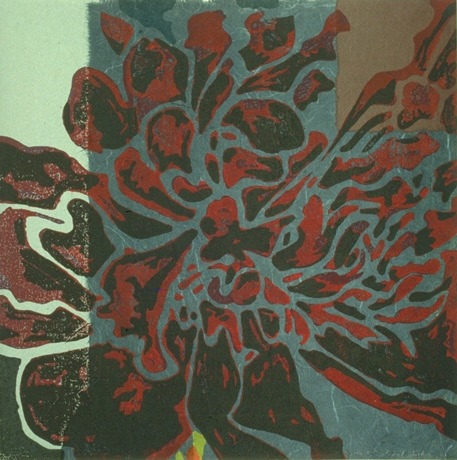
#20 from a series of 41 unique woodblock prints.
18¼ x 18¼"; 18¼ x 18¼". 41.
Crown Point Press and Tadashi Toda.
$3,500 fair market value Unavailable
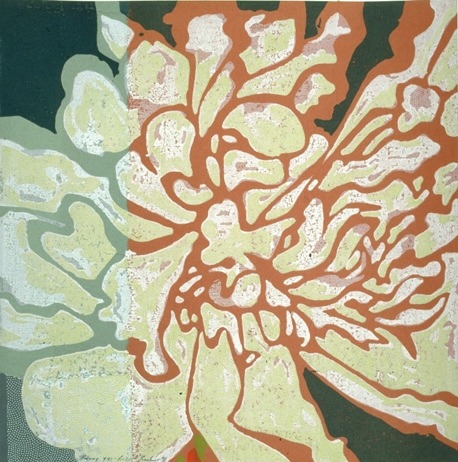
#21 from a series of 41 unique woodblock prints.
18¼ x 18¼"; 18¼ x 18¼". 41.
Crown Point Press and Tadashi Toda.
$3,500 fair market value Unavailable
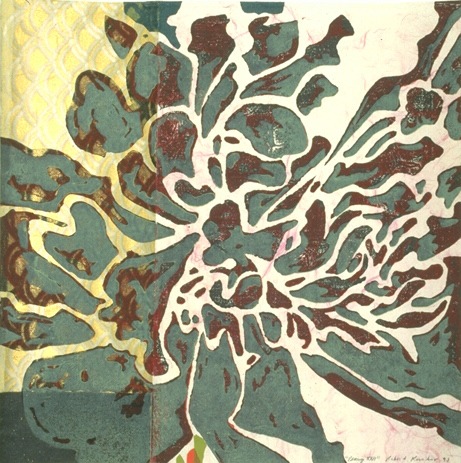
#22 from a series of 41 unique woodblock prints.
18¼ x 18¼"; 18¼ x 18¼". 41.
Crown Point Press and Tadashi Toda.
$3,500 fair market value Unavailable
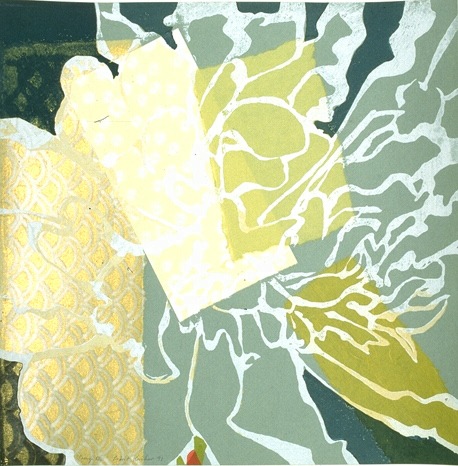
#23 from a series of 41 unique woodblock prints.
18¼ x 18¼"; 18¼ x 18¼". 41.
Crown Point Press and Tadashi Toda.
$3,500 fair market value Unavailable
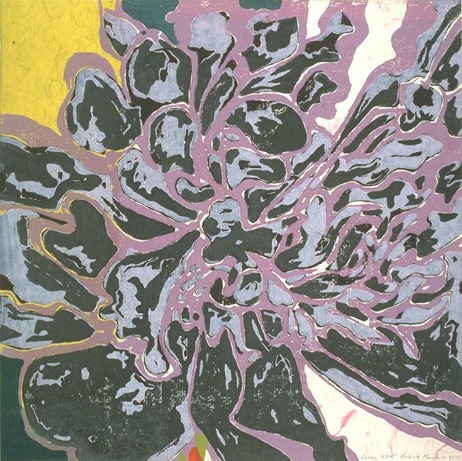
#24 from a series of 41 unique woodblock prints.
18¼ x 18¼"; 18¼ x 18¼". 41.
Crown Point Press and Tadashi Toda.
$3,500 fair market value Unavailable
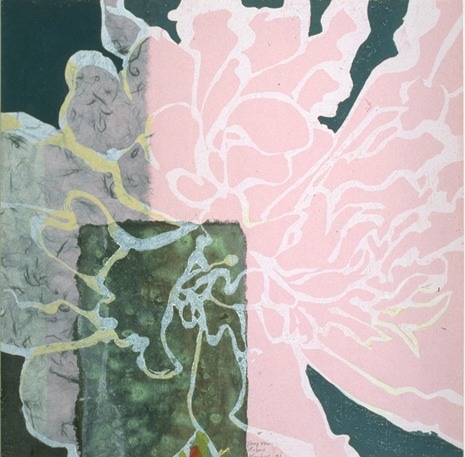
#25 from a series of 41 unique woodblock prints.
18¼ x 18¼"; 18¼ x 18¼". 41.
Crown Point Press and Tadashi Toda.
$3,500 fair market value Unavailable

#26 from a series of 41 unique woodblock prints.
18¼ x 18¼"; 18¼ x 18¼". 41.
Crown Point Press and Tadashi Toda.
$3,500 fair market value Unavailable
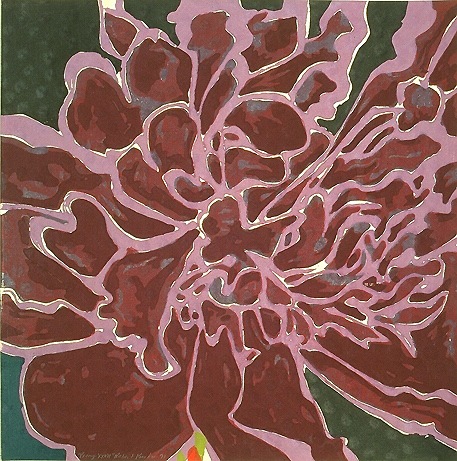
#27 from a series of 41 unique woodblock prints.
18¼ x 18¼"; 18¼ x 18¼". 41.
Crown Point Press and Tadashi Toda.
$3,500 fair market value Unavailable
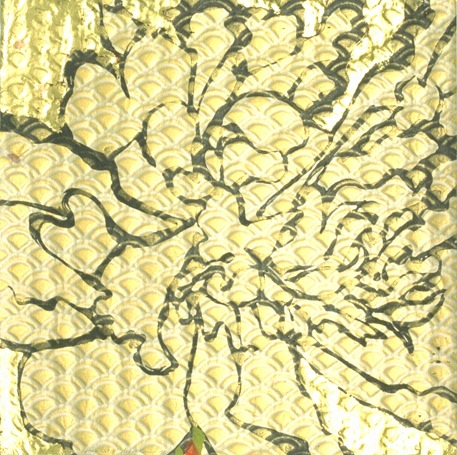
#28 from a series of 41 unique woodblock prints.
18¼ x 18¼"; 18¼ x 18¼". 41.
Crown Point Press and Tadashi Toda.
$3,500 fair market value Unavailable

#29 from a series of 41 unique woodblock prints.
18¼ x 18¼"; 18¼ x 18¼". 41.
Crown Point Press and Tadashi Toda.
$3,500 fair market value Unavailable
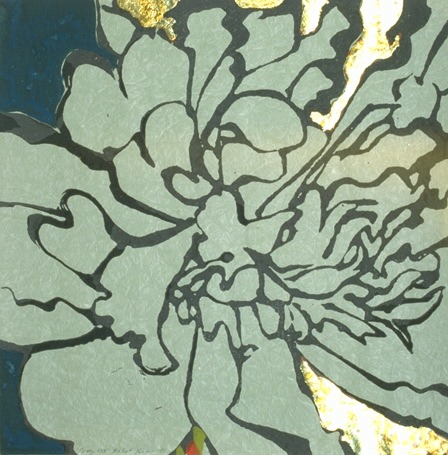
#30 from a series of 41 unique woodblock prints.
18¼ x 18¼"; 18¼ x 18¼". 41.
Crown Point Press and Tadashi Toda.
$3,500 fair market value Unavailable
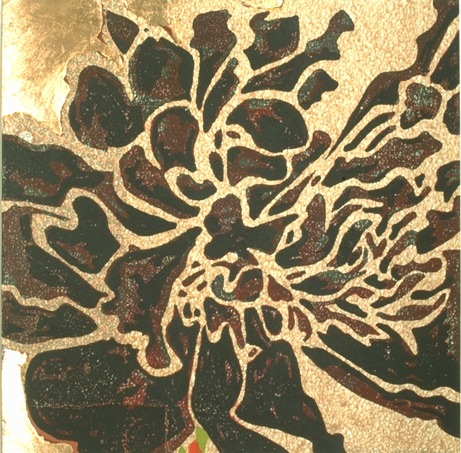
#31 from a series of 41 unique woodblock prints.
18¼ x 18¼"; 18¼ x 18¼". 41.
Crown Point Press and Tadashi Toda.
$3,500 fair market value Unavailable
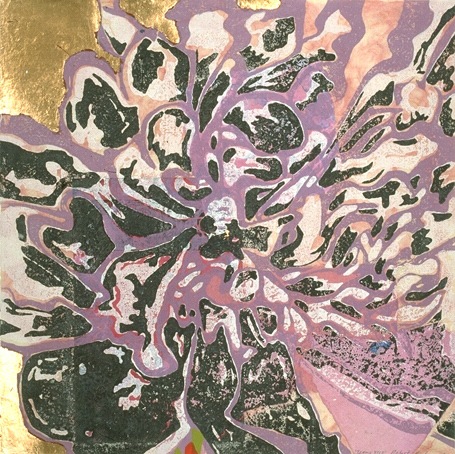
#32 from a series of 41 unique woodblock prints.
18¼ x 18¼"; 18¼ x 18¼". 41.
Crown Point Press and Tadashi Toda.
$3,500 fair market value Unavailable
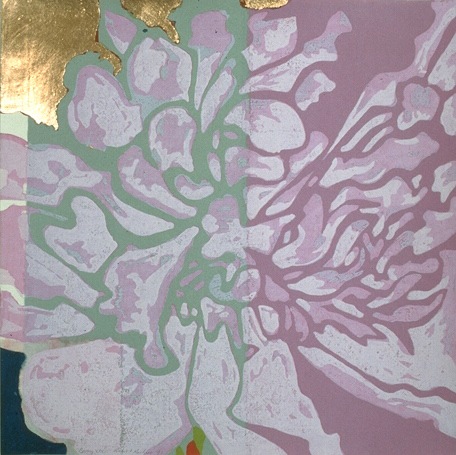
#33 from a series of 41 unique woodblock prints.
18¼ x 18¼"; 18¼ x 18¼". 41.
Crown Point Press and Tadashi Toda.
$3,500 fair market value Unavailable
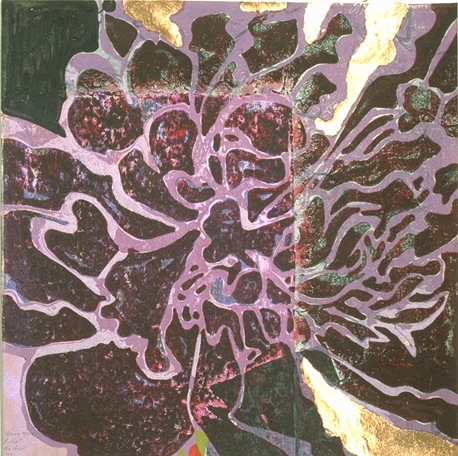
#34 from a series of 41 unique woodblock prints.
18¼ x 18¼"; 18¼ x 18¼". 41.
Crown Point Press and Tadashi Toda.
$3,500 fair market value Unavailable

#35 from a series of 41 unique woodblock prints.
18¼ x 18¼"; 18¼ x 18¼". 41.
Crown Point Press and Tadashi Toda.
$3,500 fair market value Unavailable

#37 from a series of 41 unique woodblock prints.
18¼ x 18¼"; 18¼ x 18¼". 41.
Crown Point Press and Tadashi Toda.
$3,500 fair market value Unavailable

#38 from a series of 41 unique woodblock prints.
18¼ x 18¼"; 18¼ x 18¼". 41.
Crown Point Press and Tadashi Toda.
$3,500 fair market value Unavailable
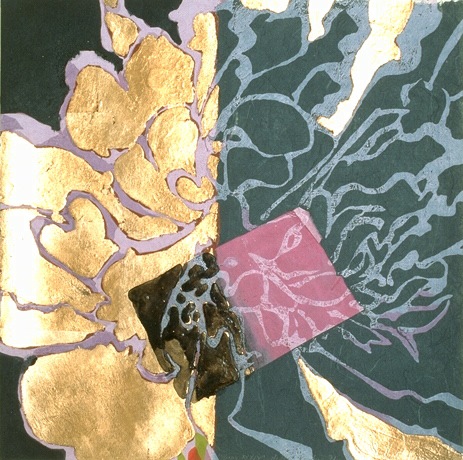
#39 from a series of 41 unique woodblock prints.
18¼ x 18¼"; 18¼ x 18¼". 41.
Crown Point Press and Tadashi Toda.
$3,500 fair market value Unavailable

#40 from a series of 41 unique woodblock prints.
18¼ x 18¼"; 18¼ x 18¼". 41.
Crown Point Press and Tadashi Toda.
$3,500 fair market value Unavailable

#41 from a series of 41 unique woodblock prints.
18¼ x 18¼"; 18¼ x 18¼". 41.
Crown Point Press and Tadashi Toda.
$3,500 fair market value Unavailable
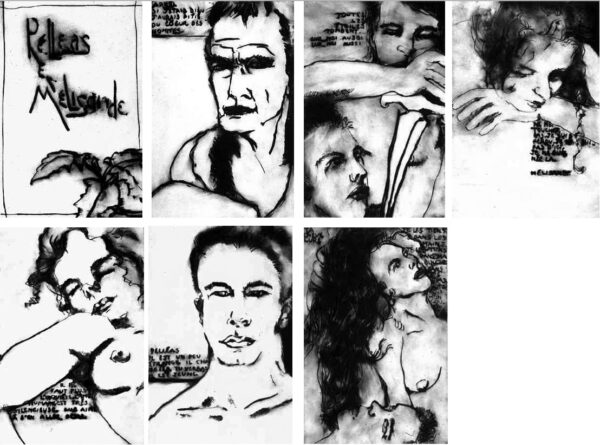
Portfolio of seven drypoints.
18 x 12"; 24 x 18". 20.
Crown Point Press and Brian Shure.
$6,500 InquireInquire
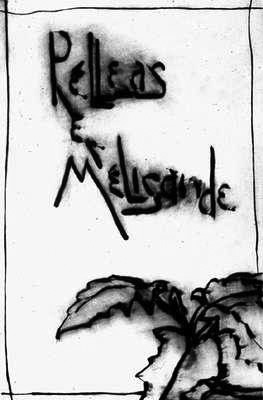
Drypoint; from a portfolio of seven drypoints with text.
18 x 12"; 24 x 18". 20.
Crown Point Press and Brian Shure.
$1,000 InquireInquire
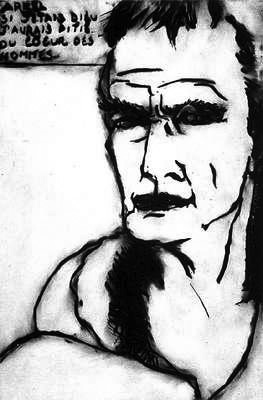
Drypoint; from a portfolio of seven drypoints with text.
18 x 12"; 24 x 18". 20.
Crown Point Press and Brian Shure.
$1,000 InquireInquire
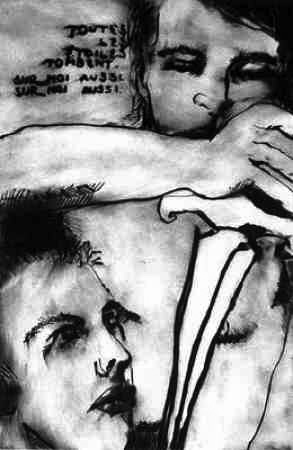
Drypoint; from a portfolio of seven drypoints with text.
18 x 12"; 24 x 18". 20.
Crown Point Press and Brian Shure.
$1,000 InquireInquire
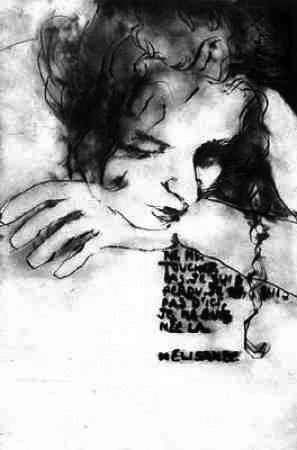
Drypoint; from a portfolio of seven drypoints with text.
18 x 12"; 24 x 18". 20.
Crown Point Press and Brian Shure.
$1,000 InquireInquire
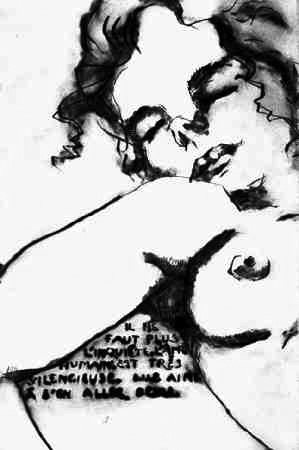
Drypoint; from a portfolio of seven drypoints with text.
18 x 12"; 24 x 18". 20.
Crown Point Press and Brian Shure.
$1,000 InquireInquire
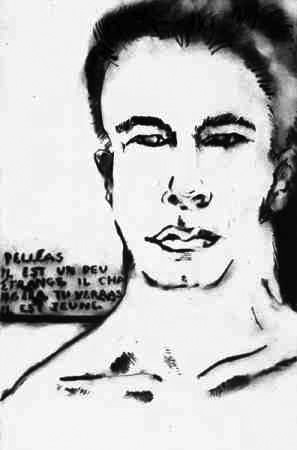
Drypoint; from a portfolio of seven drypoints with text.
18 x 12"; 24 x 18". 20.
Crown Point Press and Brian Shure.
$1,000 InquireInquire
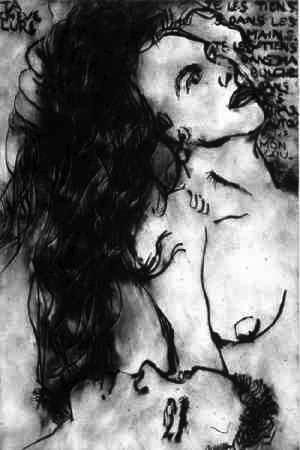
Drypoint; from a portfolio of seven drypoints with text.
18 x 12"; 24 x 18". 20.
Crown Point Press and Brian Shure.
$1,000 InquireInquire
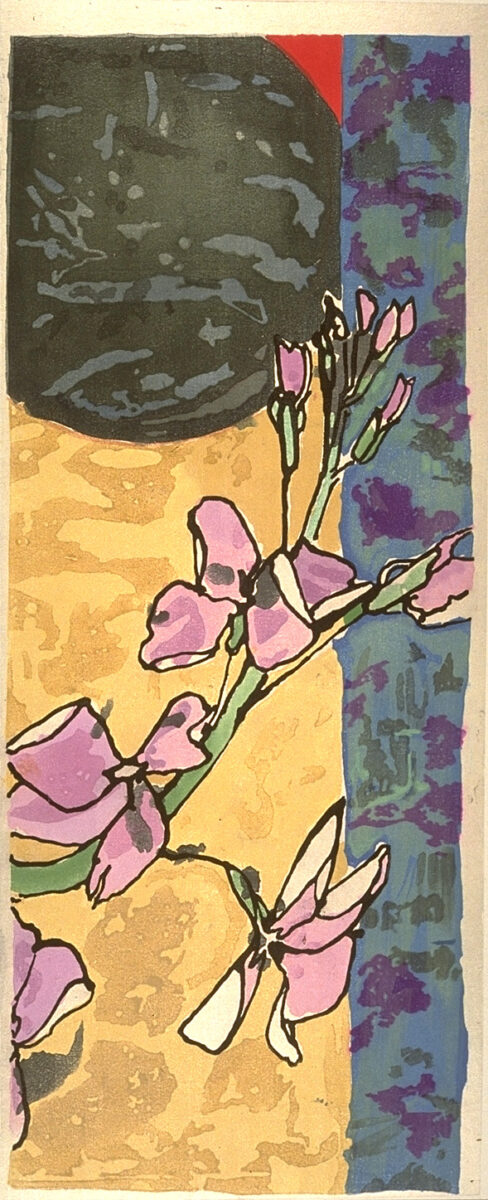
Color woodcut printed on silk mounted on rag paper.
28½ x 11¾"; 38 x 20¾". 35.
Crown Point Press and Cai Yan, Hangzhou.
$4,000 fair market value Proof AvailableProof Available
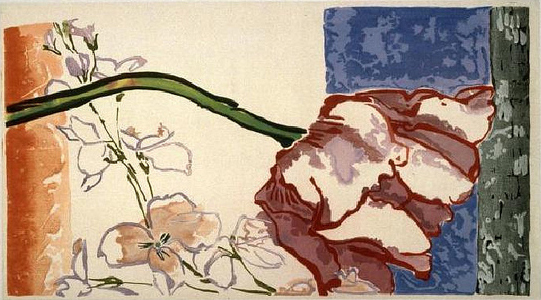
Color woodcut printed on silk mounted on rag paper.
17¾ x 31½"; 23¾ x 36½". 36.
Crown Point Press and Cai Yan, Hangzhou, China.
$4,000 fair market value Unavailable

Color woodcut printed on silk mounted on rag paper.
34 x 10½"; 41¼ x 16¾". 75.
Crown Point Press and Zhuo Gaungling, Duoyunxuan Studio.
$4,000 fair market value Proof AvailableProof Available

Color woodcut printed on silk mounted on rag paper.
11 x 15"; 20½ x 23". 26.
Crown Point Press and Fong Da Jin, Tao Hua Wu Shop, Suzhou, China.
$2,500 fair market value Proof AvailableProof Available
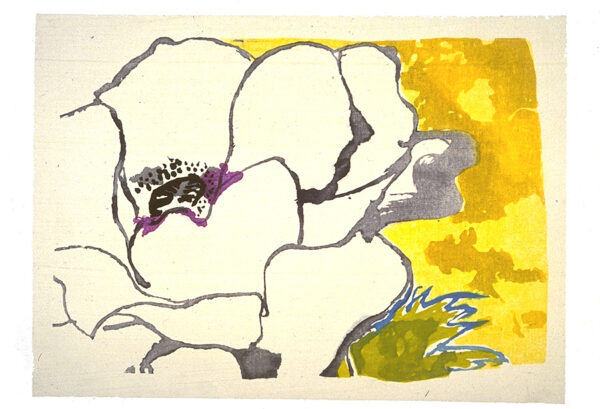
Color woodcut printed on silk mounted on rag paper.
11 x 15"; 20½ x 23". 21.
Crown Point Press and Fong Da Jin, Tao Hua Wu Shop, Suzhou, China.
$2,500 fair market value Unavailable
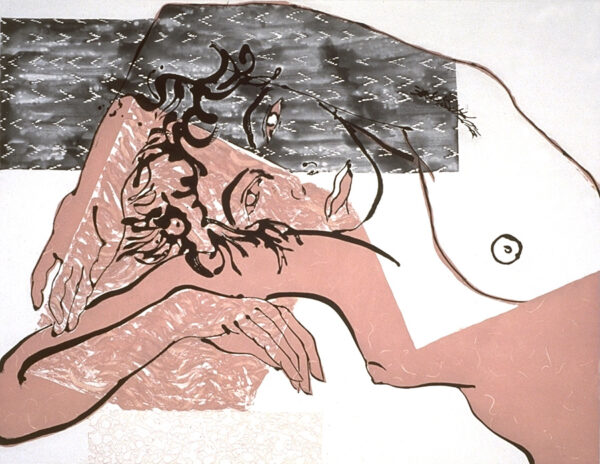
Color sugar lift and spit bite aquatints with aquatint.
36 x 46"; 41¼ x 50¼". 40.
Crown Point Press and Marcia Bartholme.
$5,000 InquireInquire
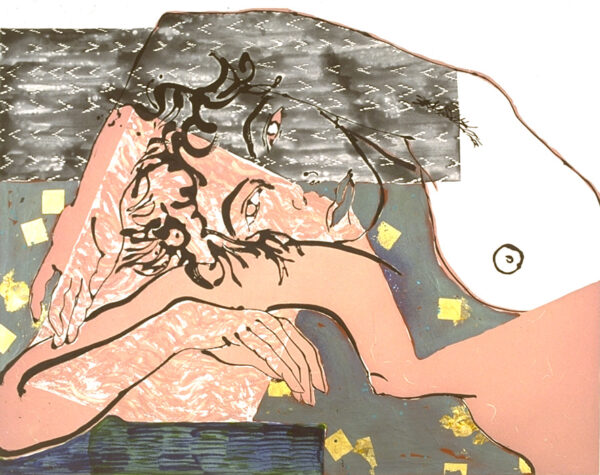
Color sugar lift and spit bite aquatints with aquatint and hand-painting.
36 x 46"; 41¼ x 50¼". 5.
Crown Point Press and Marcia Bartholme.
$7,000 InquireInquire
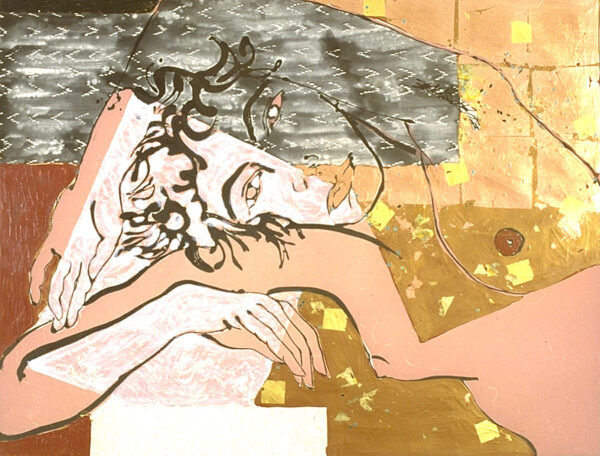
Color sugar lift and spit bite aquatints with aquatint and hand-painting.
36 x 46"; 41¼ x 50¼". 5.
Crown Point Press and Marcia Bartholme.
$7,000 InquireInquire
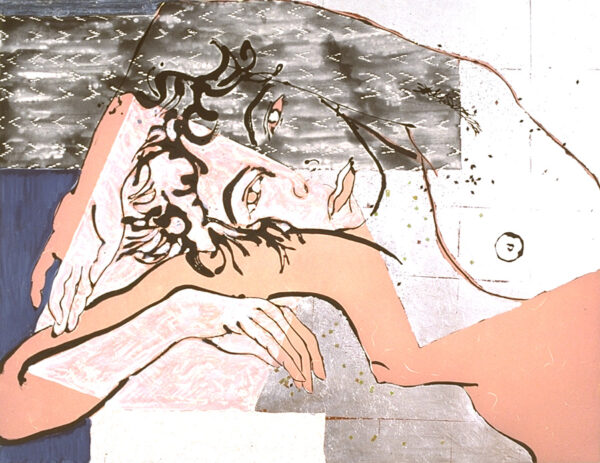
Color sugar lift and spit bite aquatints with aquatint and hand-painting.
36 x 46"; 41¼ x 50¼". 5.
Crown Point Press and Marcia Bartholme.
$7,000 InquireInquire
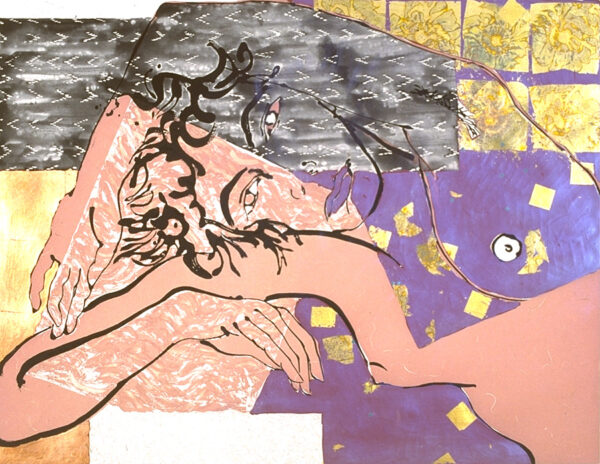
Color sugar lift and spit bite aquatints with aquatint and hand-painting.
36 x 46"; 41¼ x 50¼". 5.
Crown Point Press and Marcia Bartholme.
$7,000 InquireInquire
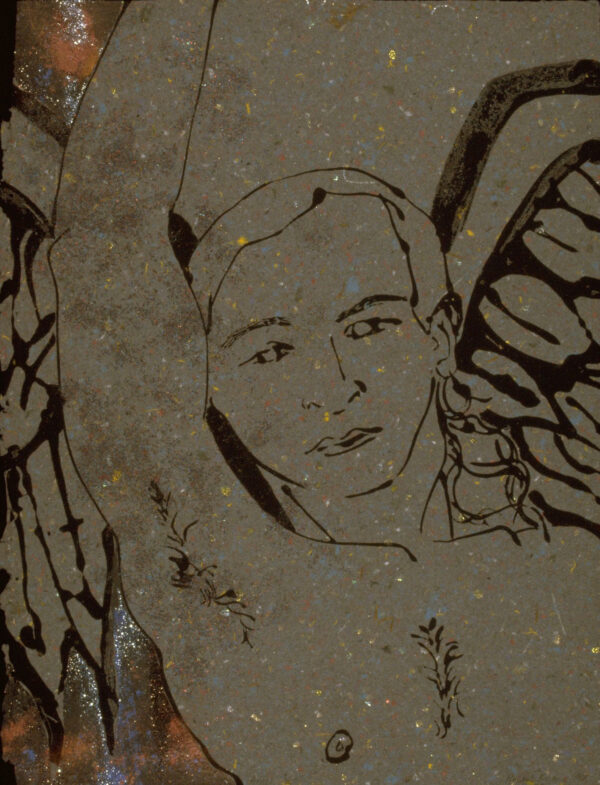
Sugar lift aquatint on paper made by the artist; some with additional handwork by the artist.
24 x 19"; 24 x 19". 27.
Crown Point Press and Marcia Bartholme.
$2,000 InquireInquire
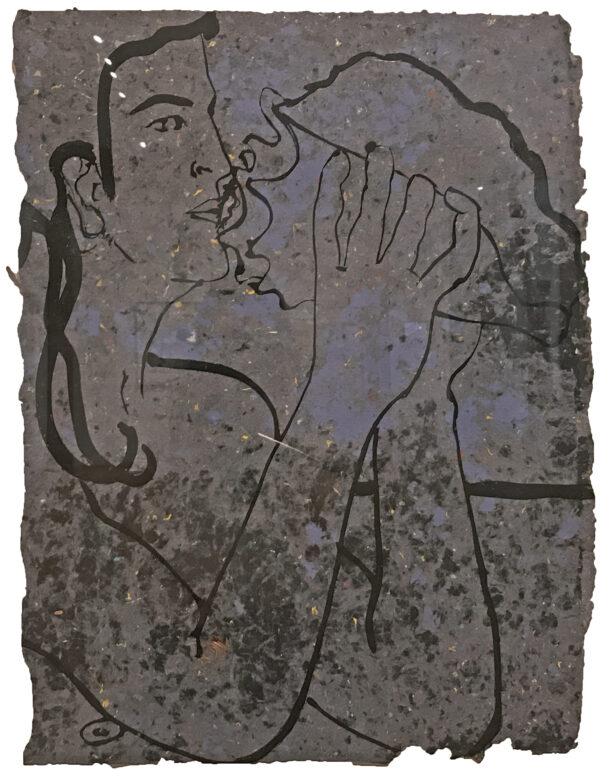
Sugar lift aquatint on paper made by the artist; some with additional handwork by the artist.
approximately 24 x 19"; approximately 24 x 19". 28.
Crown Point Press and Marcia Bartholme.
$2,000 InquireInquire
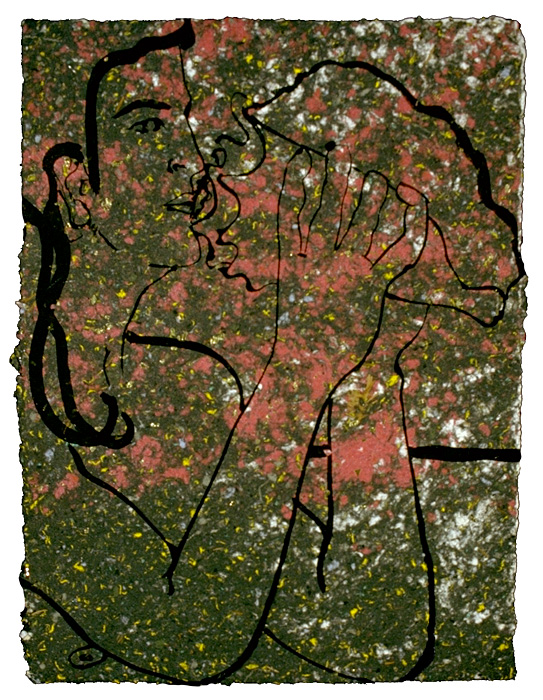
Sugar lift aquatint on paper made by the artist; some with additional handwork by the artist.
approximately 24 x 19"; approximately 24 x 19". 28.
Crown Point Press and Marcia Bartholme.
$1,800 InquireInquire

Drypoint.
11¾ x 11½"; 22½ x 21¾". 20.
Crown Point Press and Marcia Bartholme.
$1,500 InquireInquire
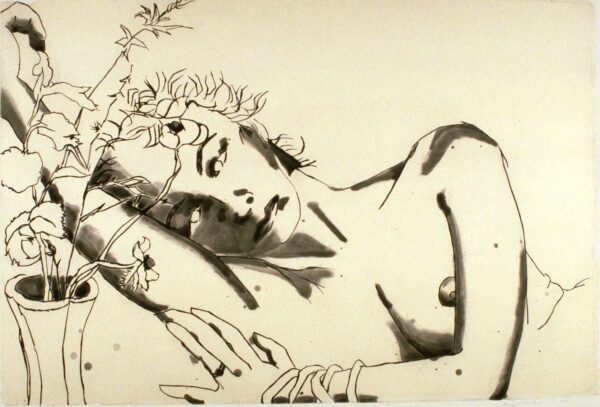
Drypoint with spit bite aquatint with chine collé.
25½ x 37"; 31 x 44½". 25.
Crown Point Press and Marcia Bartholme.
$4,000 fair market value Unavailable

Drypoint on unique paper; some with additional handwork by the artist.
12 x 16"; 12 x 16". 35.
Crown Point Press and Marcia Bartholme.
$1,800 fair market value Unavailable
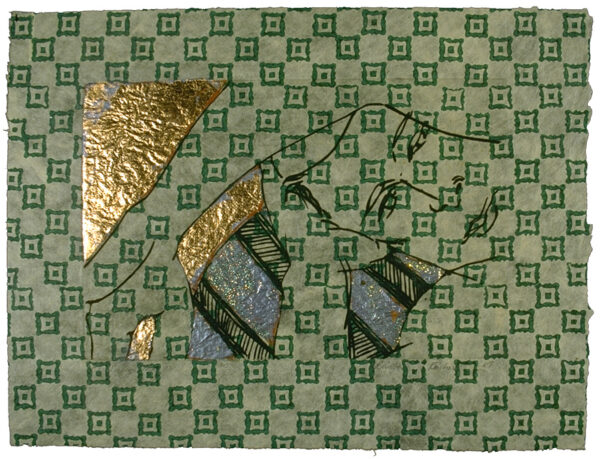
Drypoint on unique paper; with additional handwork by the artist.
12 x 16"; 12 x 16". 35.
Crown Point Press and Brian Shure.
$1,800 fair market value Unavailable
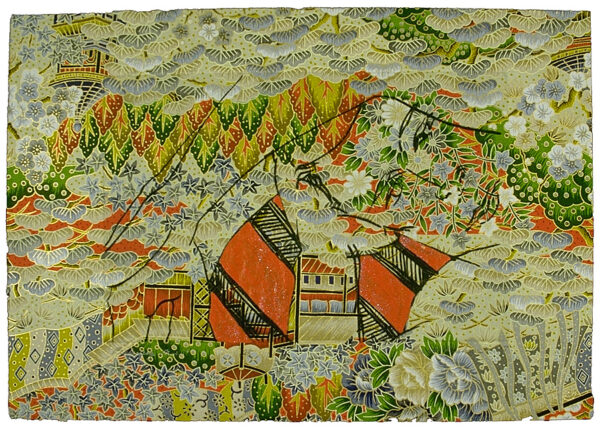
Drypoint on unique paper; with additional handwork by the artist.
12 x 16"; 12 x 16". 35.
Crown Point Press and Brian Shure.
$1,800 fair market value Unavailable
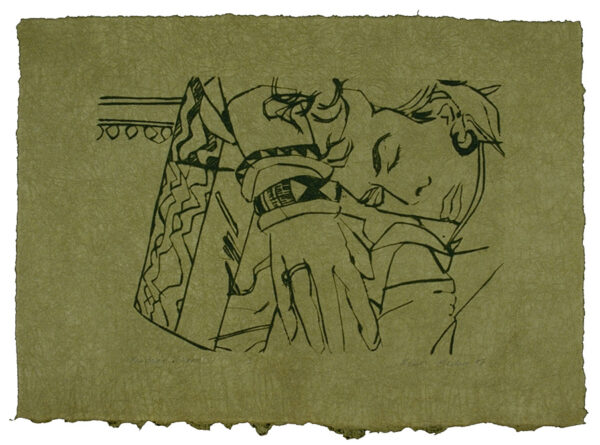
Drypoint on unique paper; with additional handwork by the artist.
12 x 16"; 12 x 16". 36.
Crown Point Press and Marcia Bartholme.
$1,800 InquireInquire
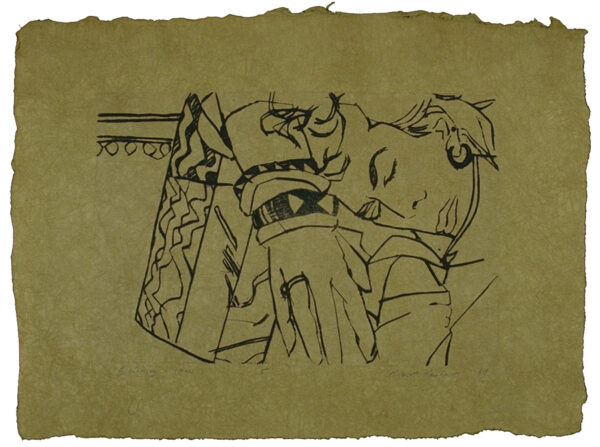
Drypoint on unique paper; with additional handwork by the artist.
12 x 16"; 12 x 16". 36.
Crown Point Press and Marcia Bartholme.
$1,800 InquireInquire
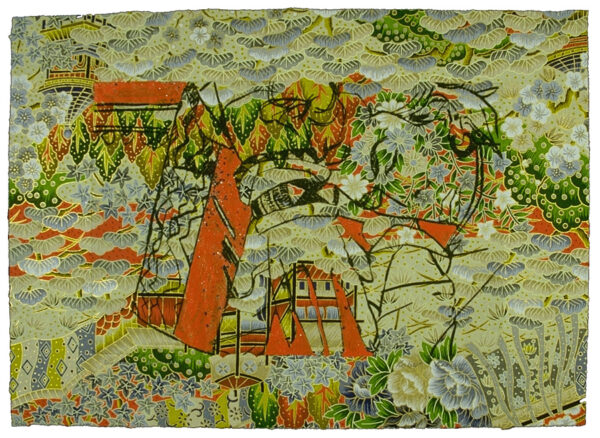
Drypoint on unique paper; with additional handwork by the artist.
12 x 16"; 12 x 16". 36.
Crown Point Press and Marcia Bartholme.
$1,800 InquireInquire

Drypoint on unique paper; with additional handwork by the artist.
12 x 16"; 12 x 16". 36.
Crown Point Press and Marcia Bartholme.
$1,800 InquireInquire
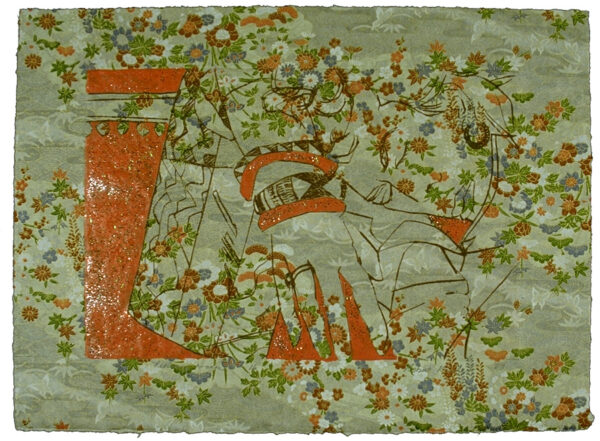
Drypoint on unique paper; with additional handwork by the artist.
12 x 16"; 12 x 16". 36.
Crown Point Press and Marcia Bartholme.
$1,800 InquireInquire
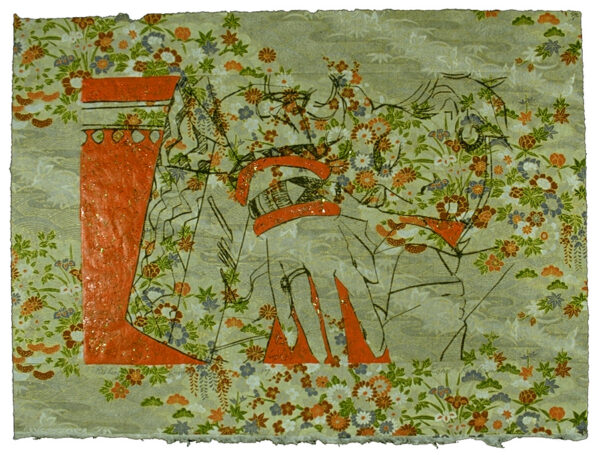
Drypoint on unique paper; with additional handwork by the artist.
12 x 16"; 12 x 16". 36.
Crown Point Press and Marcia Bartholme.
$1,800 InquireInquire
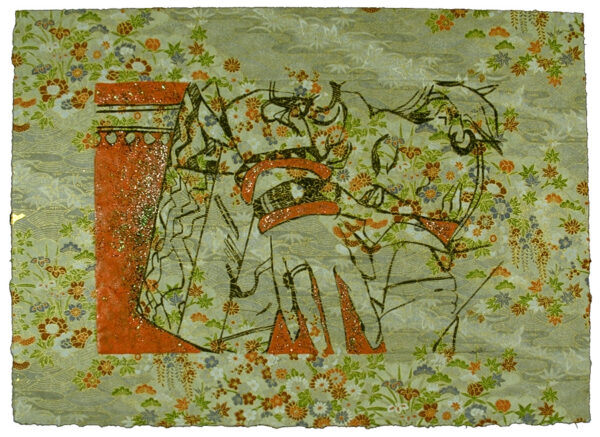
Drypoint on unique paper; with additional handwork by the artist.
12 x 16"; 12 x 16". 36.
Crown Point Press and Marcia Bartholme.
$1,800 InquireInquire
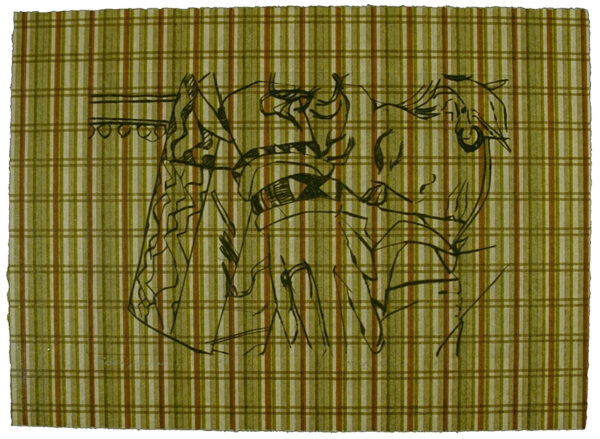
Drypoint on unique paper; with additional handwork by the artist.
12 x 16"; 12 x 16". 36.
Crown Point Press and Marcia Bartholme.
$1,800 InquireInquire
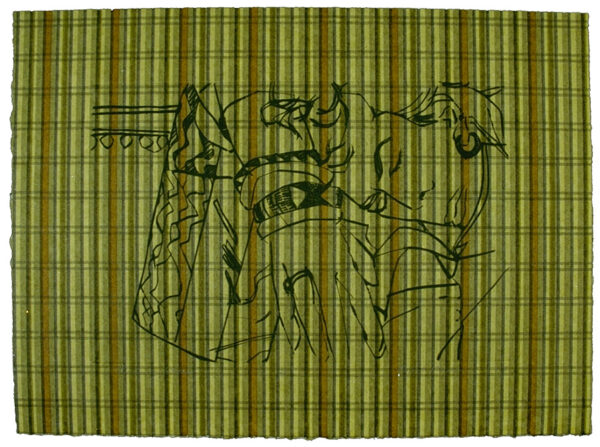
Drypoint on unique paper; with additional handwork by the artist.
12 x 16"; 12 x 16". 36.
Crown Point Press and Marcia Bartholme.
$1,800 InquireInquire
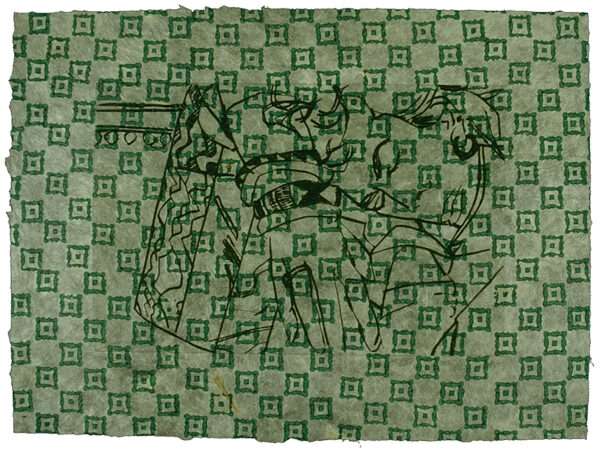
Drypoint on unique paper; with additional handwork by the artist.
12 x 16"; 12 x 16". 36.
Crown Point Press and Marcia Bartholme.
$1,800 InquireInquire
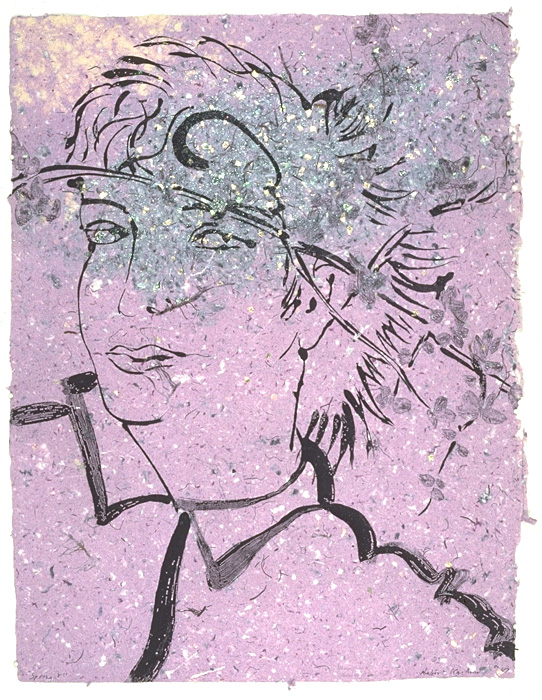
Aquatint with sugar lift aquatint and flat bite etching; some with additional handwork by the artist.
24 x 19"; 24 x 19". 28.
Crown Point Press and Marcia Bartholme.
$2,000 InquireInquire
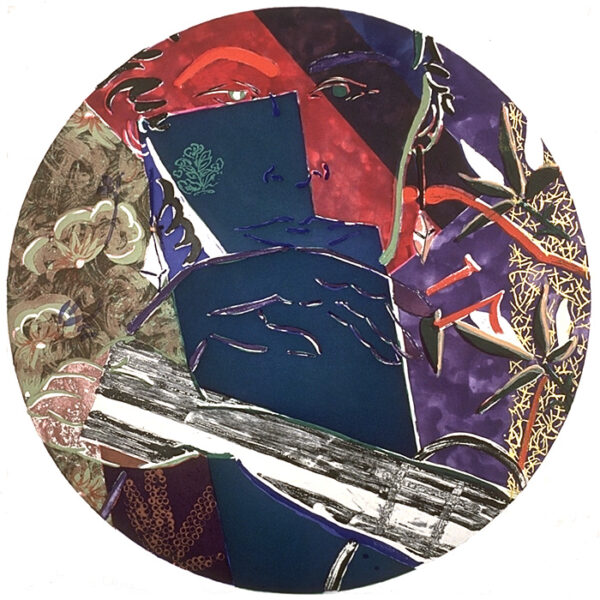
Color aquatint with drypoint and sugar lift, spit bite and soap ground aquatints.
36 x 36"; 41¼ x 41¼". 50.
Crown Point Press and Marcia Bartholme.
$4,000 fair market value Proof AvailableProof Available
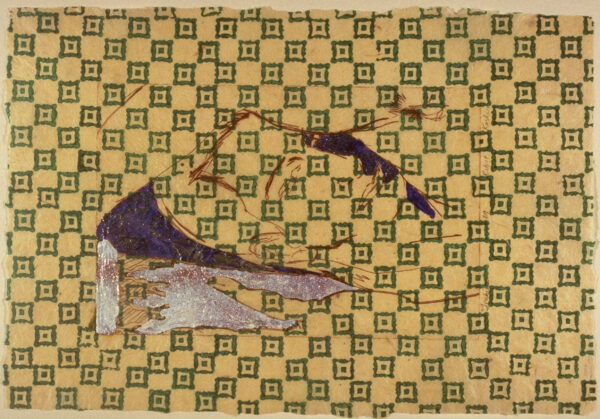
Hard ground etching printed on unique paper; some with additional handwork by the artist.
12 x 16"; 12 x 16". 36.
Crown Point Press and Marcia Bartholme.
$2,500 InquireInquire
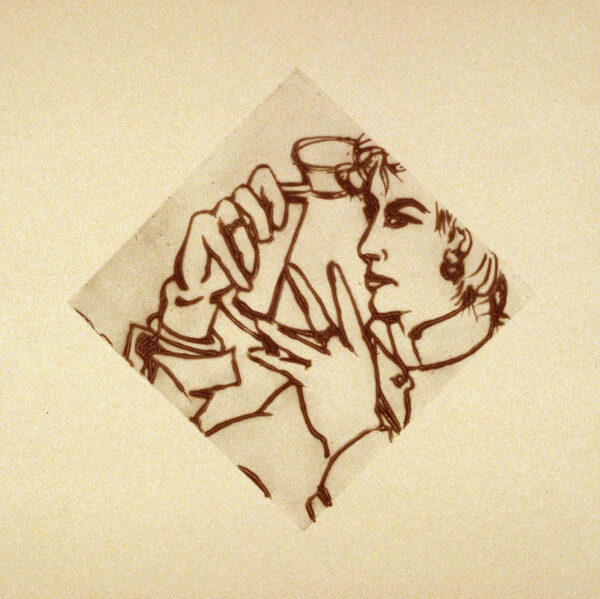
Drypoint.
11¾ x 12"; 22½ x 21¾". 20.
Crown Point Press and Marcia Bartholme.
$1,500 InquireInquire
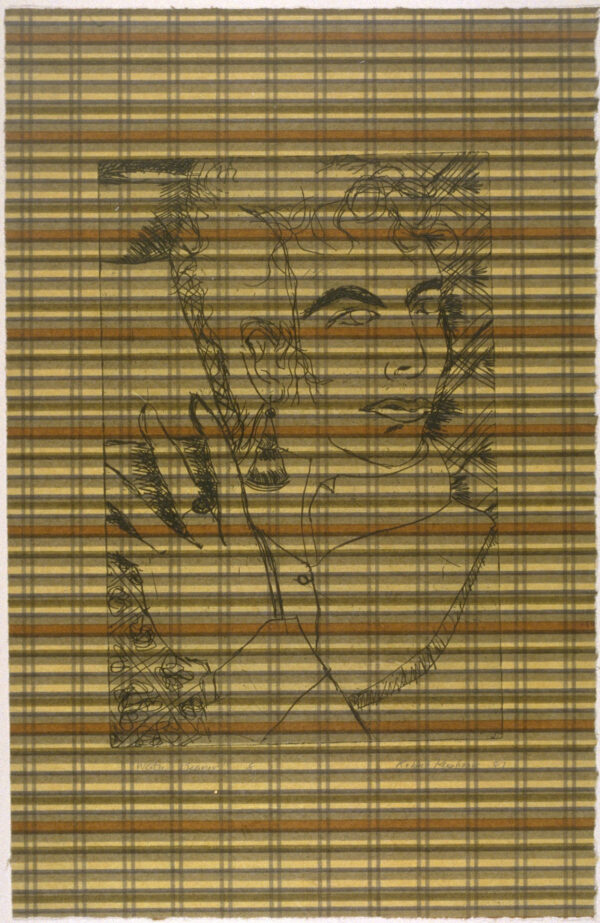
Drypoint on unique paper.
12 x 16"; 12 x 16". 38.
Crown Point Press and Marcia Bartholme.
$2,500 InquireInquire
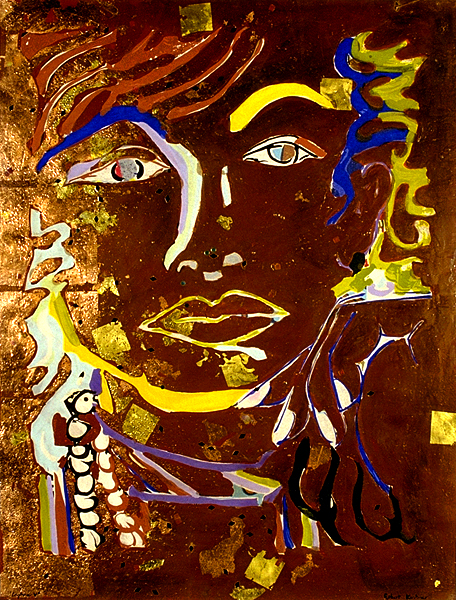
From a series of 16 color woodcuts with hand painting by the artist.
32¼ x 25"; 32¼ x 25".
Crown Point Press and Tadashi Toda at Shi-un-do Print Shop, Kyoto.
$6,000 InquireInquire
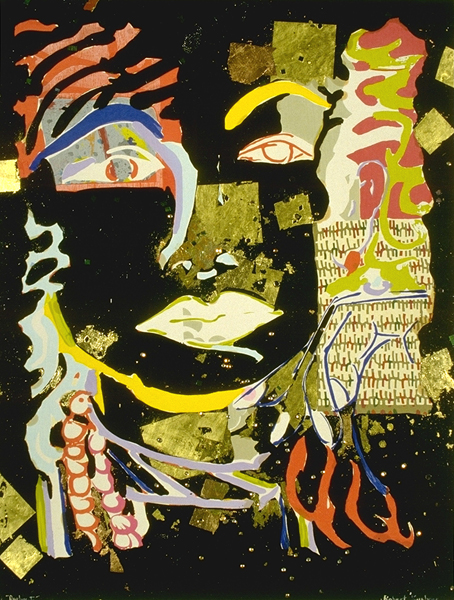
From a series of 16 color woodcuts with hand painting by the artist.
32¼ x 25"; 32¼ x 25".
Crown Point Press and Tadashi Toda at Shi-un-do Print Shop, Kyoto.
$6,000 InquireInquire
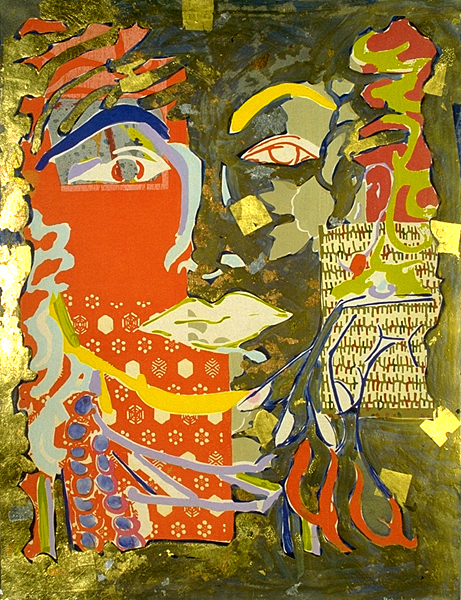
From a series of 16 color woodcuts with hand painting by the artist.
32¼ x 25"; 32¼ x 25".
Crown Point Press and Tadashi Toda at Shi-un-do Print Shop, Kyoto.
$6,000 InquireInquire
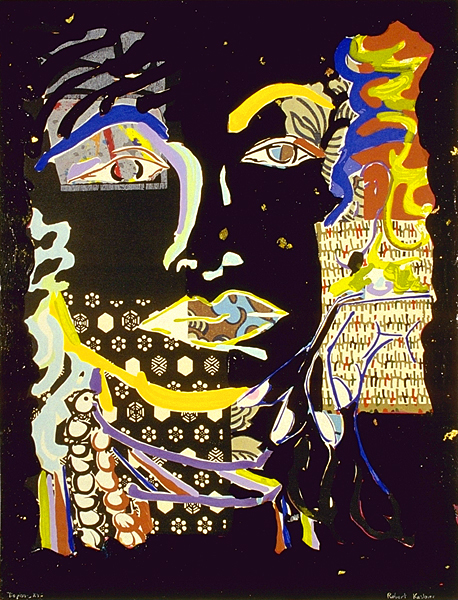
From a series of 16 color woodcuts with hand painting by the artist.
32¼ x 25"; 32¼ x 25".
Crown Point Press and Tadashi Toda at Shi-un-do Print Shop, Kyoto.
$6,000 InquireInquire
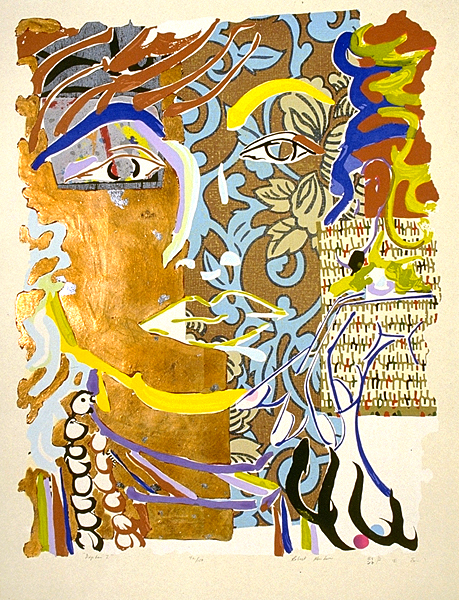
From a series of seven color woodcuts with hand painting by the artist.
32¼ x 25"; 32¼ x 25".
Crown Point Press and Tadashi Toda.
$6,000 fair market value Unavailable
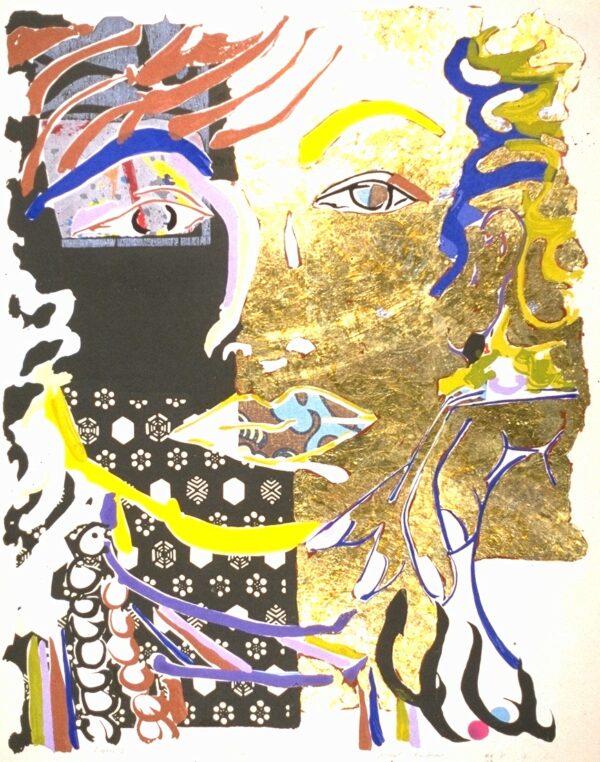
From a series of seven color woodcuts with hand painting by the artist.
32¼ x 25"; 32¼ x 25".
Crown Point Press and Tadashi Toda at Shi-un-do Print Shop, Kyoto.
$6,000 InquireInquire
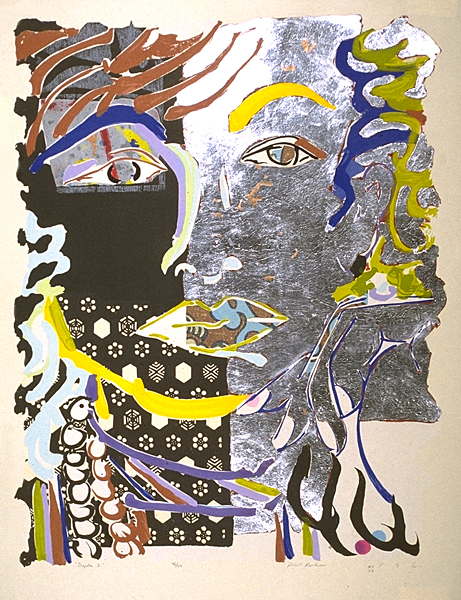
From a series of seven color woodcuts with hand painting by the artist.
32¼ x 25"; 32¼ x 25".
Crown Point Press and Tadashi Toda at Shi-un-do Print Shop, Kyoto.
$6,000 InquireInquire
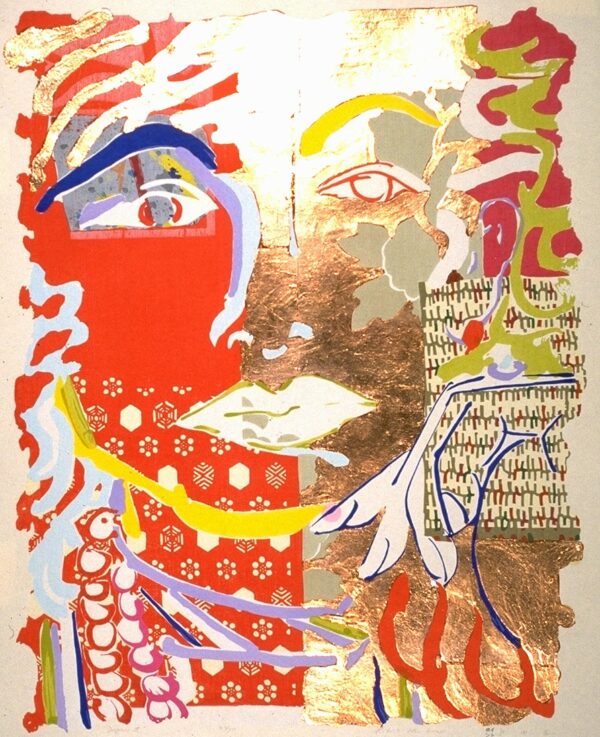
From a series of two color woodcuts with hand painting by the artist.
32¼ x 25"; 32¼ x 25".
Crown Point Press and Tadashi Toda at Shi-un-do Print Shop, Kyoto.
$6,000 Unavailable
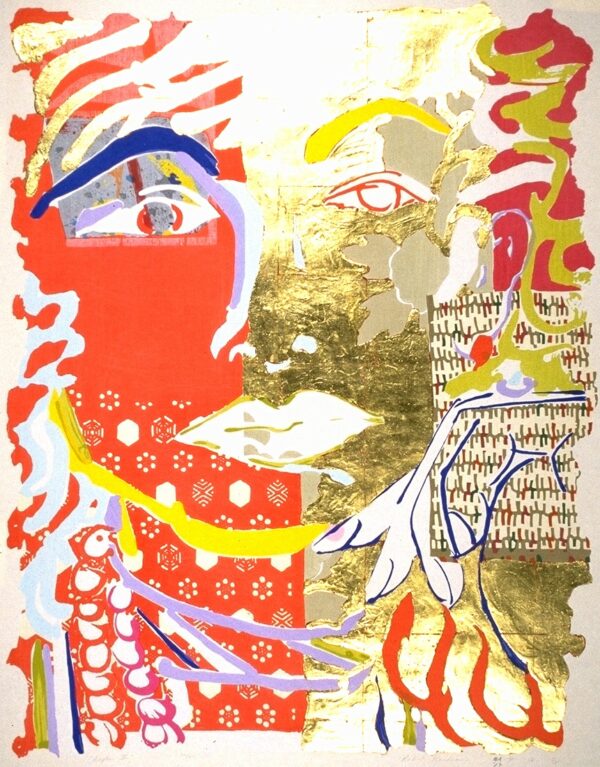
From a series of two color woodcuts with hand painting by the artist.
32¼ x 25"; 32¼ x 25".
Crown Point Press and Tadashi Toda at Shi-un-do Print Shop, Kyoto.
$6,000 Unavailable
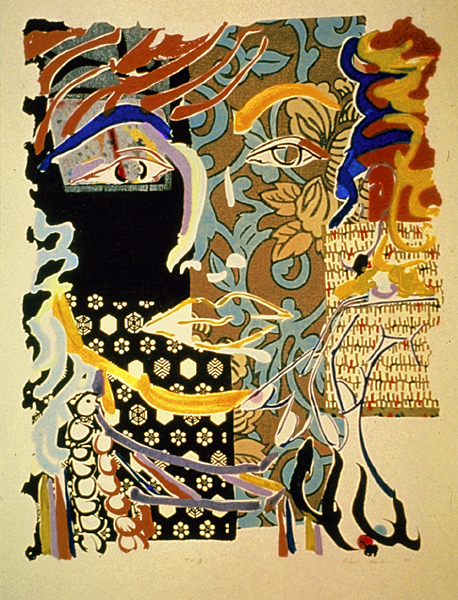
Color woodcut.
29 x 22½"; 32¼ x 25". 150.
Crown Point Press and Tadashi Toda.
$4,000 InquireInquire
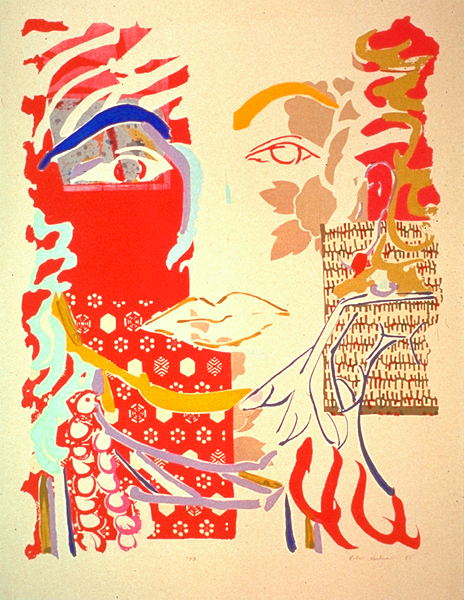
Color woodcut.
29 x 22½"; 32¼ x 25". 50.
Crown Point Press and Tadashi Toda.
$4,000 InquireInquire
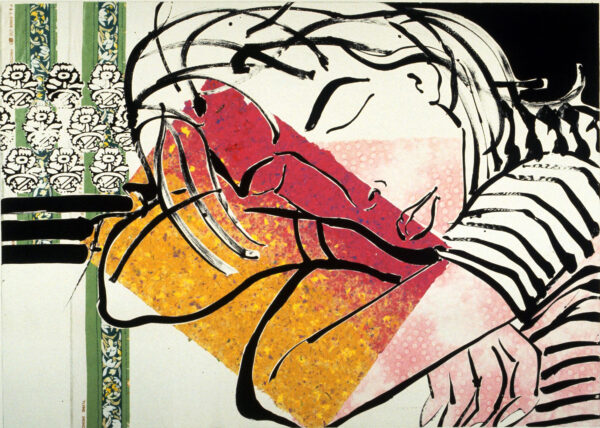
Series of 16 monoprints with aquatint and sugar lift aquatint printed on fabric collage.
42 x 60"; 42 x 60". 16.
Crown Point Press and Jeryl Parker and Brenda Zlamany.
$7,000 InquireInquire
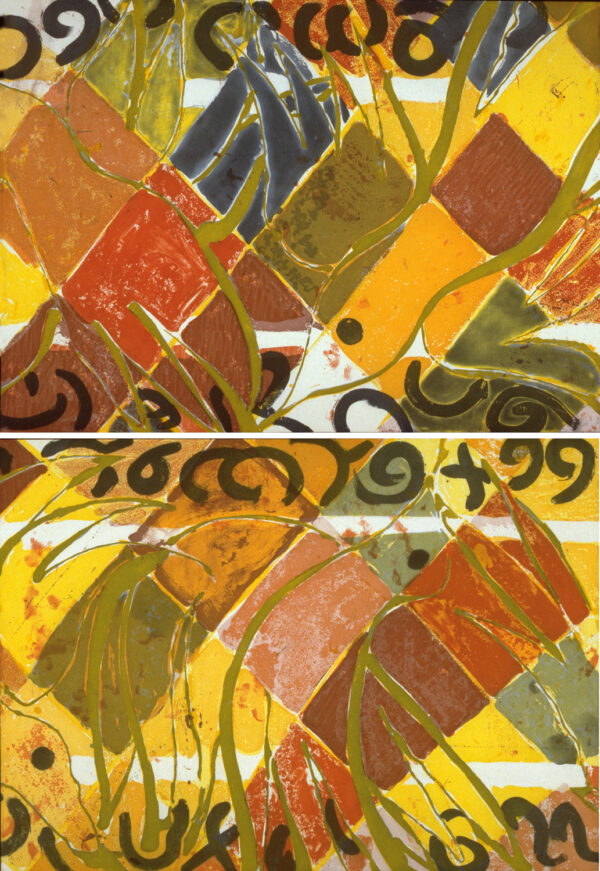
Color aquatint with spit bite and sugar lift aquatints and drypoint printed on two sheets of paper.
59½ x 21¾"; overall 59½ x 21¾". 25.
Crown Point Press and Peter Pettengill.
$6,500 fair market value Unavailable
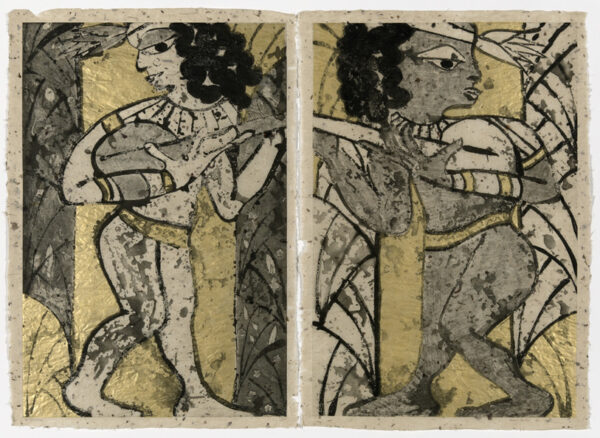
Aquatint with sugar lift and spit bite aquatints and soft ground etching on two sheets of paper.
36½ x 51"; 36½ x 51". 35.
Crown Point Press and Peter Pettengill.
$6,500 InquireInquire
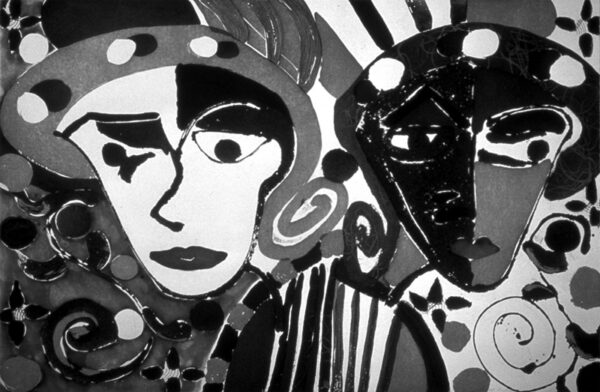
Three sugar lift and spit bite aquatints with drypoint.
24 x 36"; 24 x 36". 5.
Crown Point Press and Stephen Thomas.
$2,500 fair market value Unavailable

Aquatint.
24 x 36"; 24 x 36". 5.
Crown Point Press and Stephen Thomas.
$2,500 fair market value Unavailable
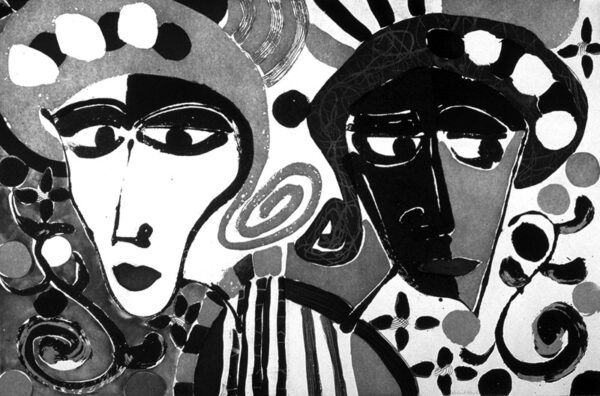
Aquatint.
24 x 36"; 24 x 36". 5.
Crown Point Press and Stephen Thomas.
$2,500 InquireInquire

Color sugar lift and spit bite aquatints with drypoint on three sheets of paper.
24 x 108"; overall 24 x 108". 14.
Crown Point Press and Stephen Thomas.
$5,000 fair market value Unavailable
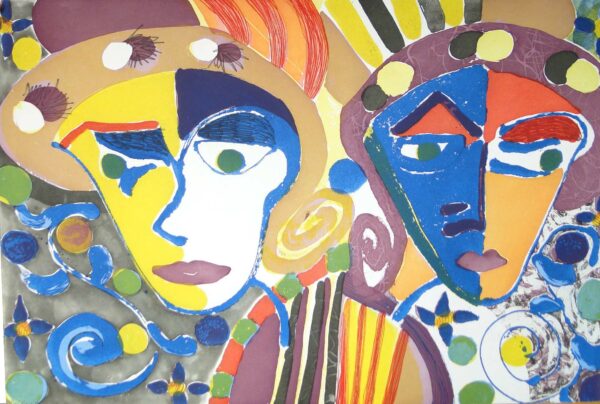
Color sugar lift and spit bite aquatints with drypoint on three sheets of paper.
24 x 108"; overall 24 x 108". 14.
Crown Point Press and Stephen Thomas.
$5,000 fair market value Unavailable
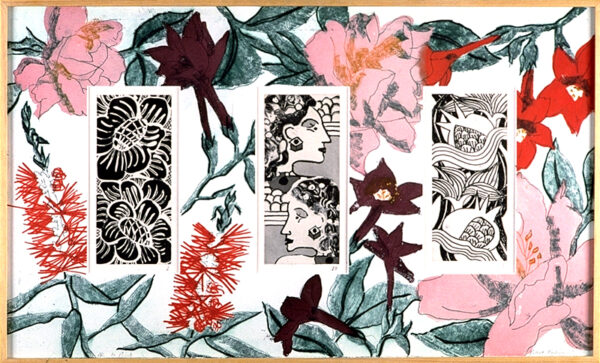
Color soft ground etching with aquatint and drypoint mounted on board with three windows.
18½ x 30¾"; 18½ x 30¾". 40.
Crown Point Press and Stephen Thomas.
$1,500 Unavailable
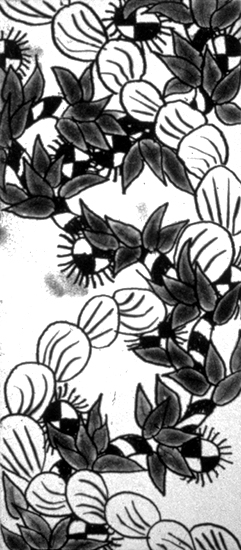
from a portfolio of 20 etchings.
9 x 4"; 11½ x 6". 35.
Crown Point Press and Stephen Thomas.
$500 InquireInquire
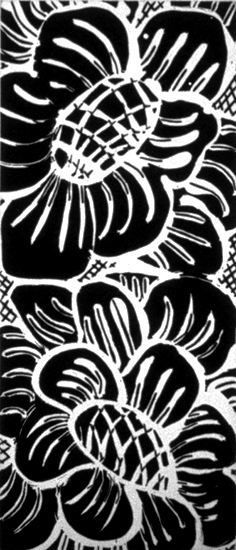
from a portfolio of 20 etchings.
9 x 4"; 11½ x 6". 35.
Crown Point Press and Stephen Thomas.
$500 InquireInquire
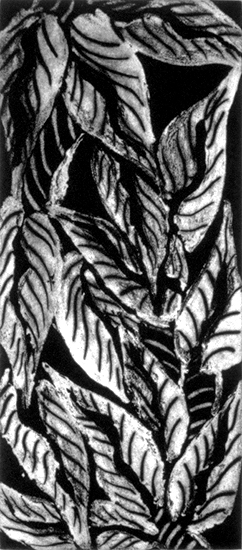
from a portfolio of 20 etchings.
9 x 4"; 11½ x 6". 35.
Crown Point Press and Stephen Thomas.
$500 InquireInquire
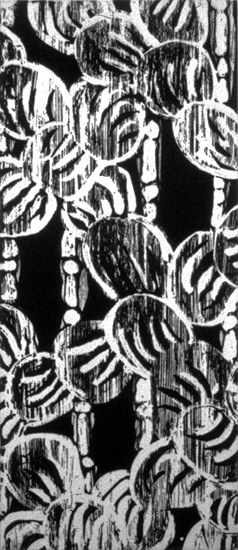
from a portfolio of 20 etchings.
9 x 4"; 11½ x 6". 35.
Crown Point Press and Stephen Thomas.
$500 InquireInquire
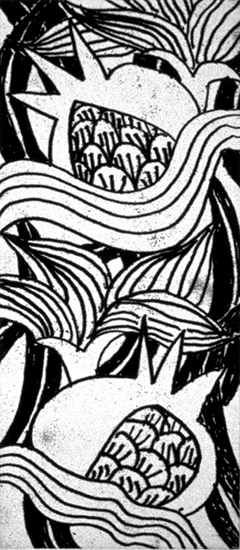
from a portfolio of 20 etchings.
9 x 4"; 11½ x 6". 35.
Crown Point Press and Stephen Thomas.
$500 InquireInquire

from a portfolio of 20 etchings.
9 x 4"; 11½ x 6". 35.
Crown Point Press and Stephen Thomas.
$500 InquireInquire
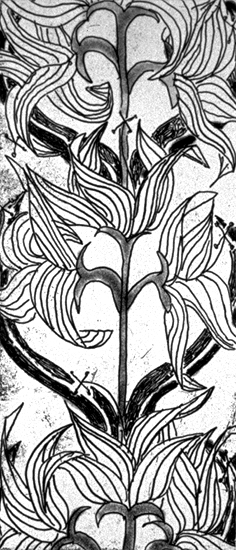
from a portfolio of 20 etchings.
9 x 4"; 11½ x 6". 35.
Crown Point Press and Stephen Thomas.
$500 InquireInquire

from a portfolio of 20 etchings.
9 x 4"; 11½ x 6". 35.
Crown Point Press and Stephen Thomas.
$500 InquireInquire
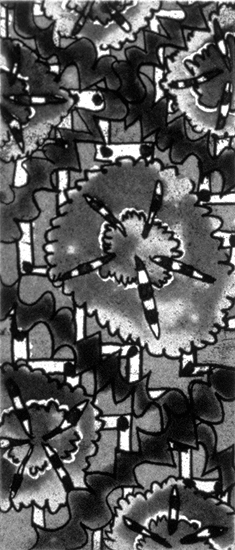
from a portfolio of 20 etchings.
9 x 4"; 11½ x 6". 35.
Crown Point Press and Stephen Thomas.
$500 InquireInquire
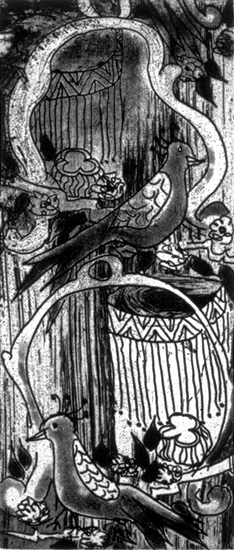
from a portfolio of 20 etchings.
9 x 4"; 11½ x 6". 35.
Crown Point Press and Stephen Thomas.
$500 InquireInquire
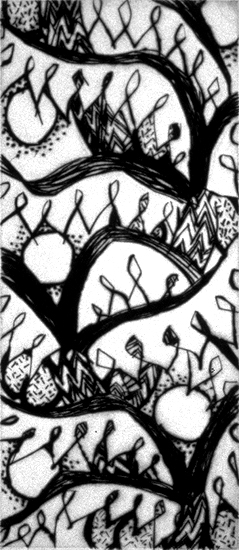
from a portfolio of 20 etchings.
9 x 4"; 11½ x 6". 35.
Crown Point Press and Stephen Thomas.
$500 InquireInquire

from a portfolio of 20 etchings.
9 x 4"; 11½ x 6". 35.
Crown Point Press and Stephen Thomas.
$500 InquireInquire
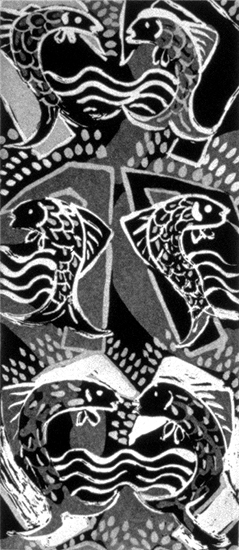
from a portfolio of 20 etchings.
9 x 4"; 11½ x 6". 35.
Crown Point Press and Stephen Thomas.
$500 InquireInquire
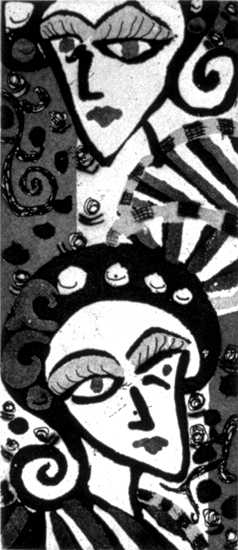
from a portfolio of 20 etchings.
9 x 4"; 11½ x 6". 35.
Crown Point Press and Stephen Thomas.
$500 InquireInquire
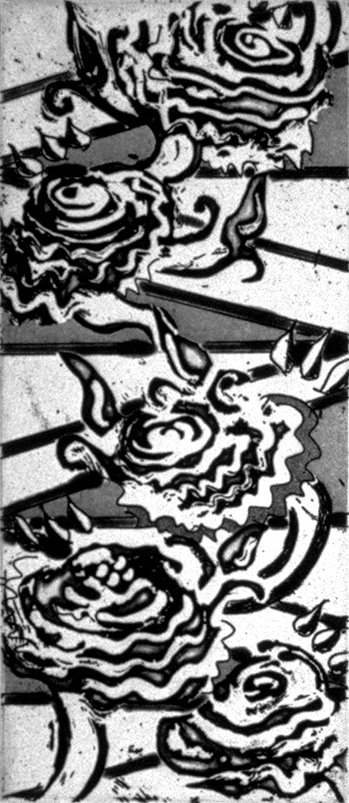
from a portfolio of 20 etchings.
9 x 4"; 11½ x 6". 35.
Crown Point Press and Stephen Thomas.
$500 InquireInquire
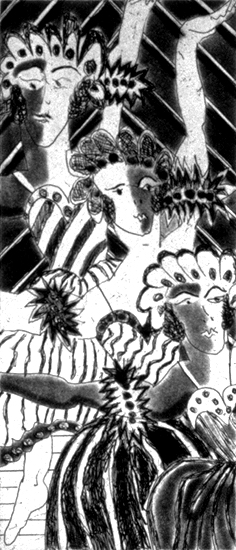
from a portfolio of 20 etchings.
9 x 4"; 11½ x 6". 35.
Crown Point Press and Stephen Thomas.
$500 InquireInquire

from a portfolio of 20 etchings.
9 x 4"; 11½ x 6". 35.
Crown Point Press and Stephen Thomas.
$500 InquireInquire
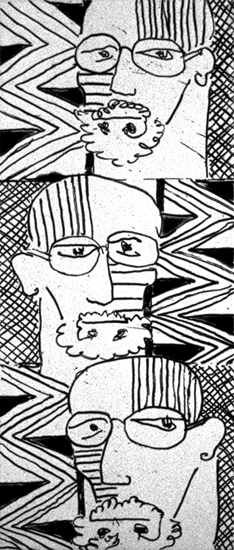
from a portfolio of 20 etchings.
9 x 4"; 11½ x 6". 35.
Crown Point Press and Stephen Thomas.
$500 InquireInquire
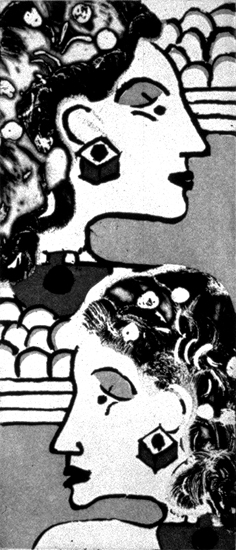
from a portfolio of 20 etchings.
9 x 4"; 11½ x 6". 35.
Crown Point Press and Stephen Thomas.
$500 InquireInquire

from a portfolio of 20 etchings.
9 x 4"; 11½ x 6". 35.
Crown Point Press and Stephen Thomas.
$500 InquireInquire